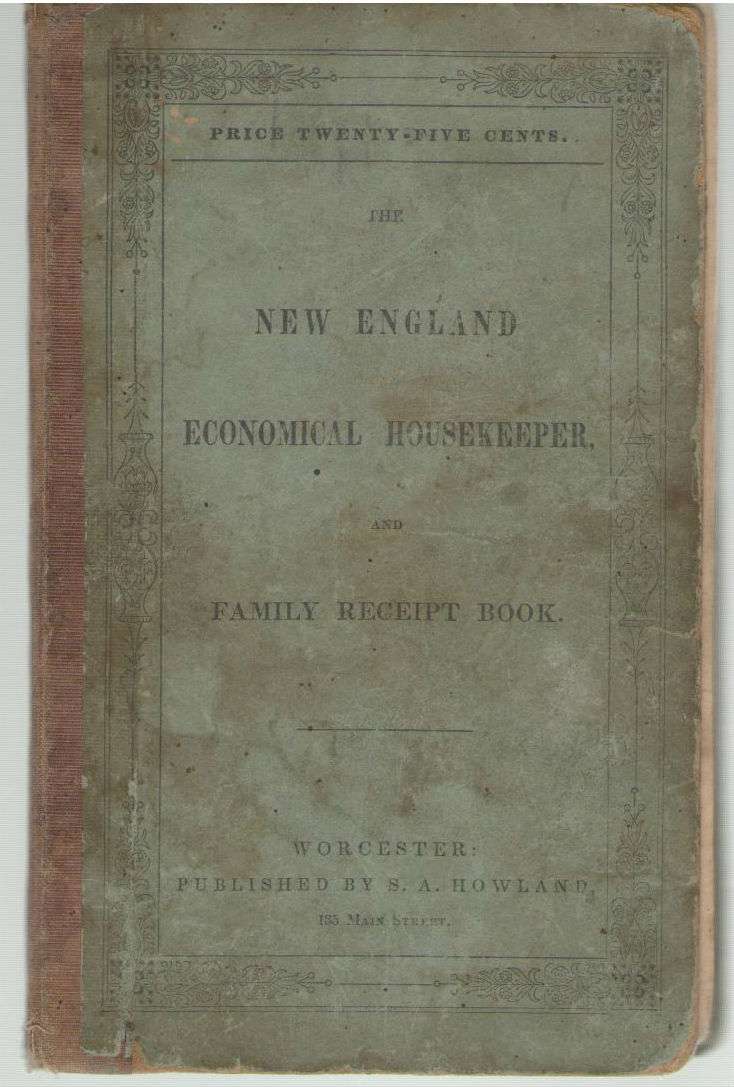A Look Back in Time on a Hot Summer's Day
 |
| An early sleeping porch early 1900s |
Today I thought I would take a look back into everyday life as it used to be. Certainly there is a tendency at times to romanticize these "simpler" times. Yet it is important to remember that with these "simpler" times came a lot of hard work and on a warm summer day like today--discomfort. During the hot summer nights before the advent of air conditioning people would often create sleeping areas on outdoor porches--screened and unscreened. In the early 1900s sleeping porches also gained popularity as it was believed that the fresh air was helpful for those suffering from tuberculosis. The health benefits of fresh air was also touted. In the Queen Anne style homes sleeping porches were often accessed through a window not a door.
It was Benjamin Franklin--the father of "all" inventions--who did discover the cooling effects of evaporation as early as 1758. It wasn't until 1820 though that a Dr. John Gorrie built an ice-making machine that used compression to make buckets of ice and then blew air over them. He patented the idea in 1851 but without any financial backing the idea went no further. Another attempt at a cooling machine was made in 1881 and successfully lowered the air in the room by 20 degrees but utilized a half million pounds of ice in two months.
It was not until 1902 that a economically usable system for cooling air and removing humidity was implemented by Willis Carrier for the Sackett-Willems Lithograph and Publishing Company so that the paper wouldn't wrinkle thereby keeping the ink aligned. In 1906 a textile mill engineer named Stuart Cramer coins the phrase "air conditioning" when he adds humidity to the air of a yarn factory allowing for easier spinning of the yarn thereby reducing breakage. Ironically the term "air conditioning" was first coined to describe adding humidity to the air as opposed to our modern-day understanding of removing it.
 |
| Charles Gates Mansion |
The first known home installation of an air conditioning unit was in the 38,000 square foot Minneapolis mansion of Charles Gates in 1914 and was approximately 7 feet high by 6 feet wide by and 20 feet long. However as the home was never lived in, there remains questions as to whether or not it was ever put into use.
 |
Willis Carrier and his
first centrifugal refrigeration system |
In 1922, Willis Carrier added a central compressor to his system which enabled him to reduce the size of the system thereby making it practical to install in other applications other than a factory. The system was installed in the Rivoli Theater in times square and debuted to the public.on Memorial Day Weekend in 1925. In fact the term "summer blockbuster" arises from the large numbers of people who would pile into movie theaters on hot summer days.
In the 1931 an individual air conditioner was invented that sits on a window ledge by H. H. Schultz and G. Q. Sherman. These units are available for sale a year later at the cost of $10,000-$50,000 which is equivalent to $100,000 to $600,000 today. (Popular Mechanics) However, current calculations would put this at more like $170,000 to $850,000. (Now that is taking luxury to new heights!) Needless to say, it was the wealthy who were the only ones who could afford this modern-day luxury in their homes.
Throughout the 1930s air conditioning spread to "department stores, rail cars, and offices, sending workers' summer productivity soaring. Until then, central courtyards and wide-open windows had offered the only relief". (Oremus) "According to Gail Cooper's Air Conditioning America, tests of federal employees showed that typists increased their output by 24% when transferred from a regular office to a cooled one. By 1957, the AC's early reputation for making workers lazy had been successfully inverted; Cooper writes of another study showing that, by then, almost 90% of companies cited air-conditioning as the most important factor in office efficency." (Steinmetz)
In 1939 the first car with air conditioning rolled off the Packard production line. The option costs $274 ($4,600 in today's money). Yet dash controls for the device came later and the driver, if feeling too chilly, had to stop the car and disconnect the compressor. Ah, the good ol' days.
 |
| (Lambert/Getty image) |
In the 1950s economic boom air conditioning became another way to keep up with the Joneses. More than 1 million units were sold in 1953 alone. However, as late as 1965, only 10% of the U.S. households have air conditioning. "Families in the South made do by sleeping on the porch or even putting their underwear in the icebox." (Oremus).
By 2007 the number of households with air conditioning was 86 percent. This ability to cool down the interior of a home resulted in a shifting of U.S. population as "Sun Belt cities that had been unbearable in the summer became more attractive places to live and work". (Oremus)
Check out this timeline for more information about the history of air conditioning:
http://www.greatachievements.org/?id=3854
Until we meet again, may God hold you in the palm of His hand.
(An Old Irish Blessing)
Marian McCoy Boveri
Specializing in Historic Homes
Keller Williams Fox Valley Realty
A Brief History of Air Conditioning by Popular Mechanics.
A History of Air Conditiong by Will Oremus
Air Conditioning by Katie Steinmetz in
Time U.S.











































